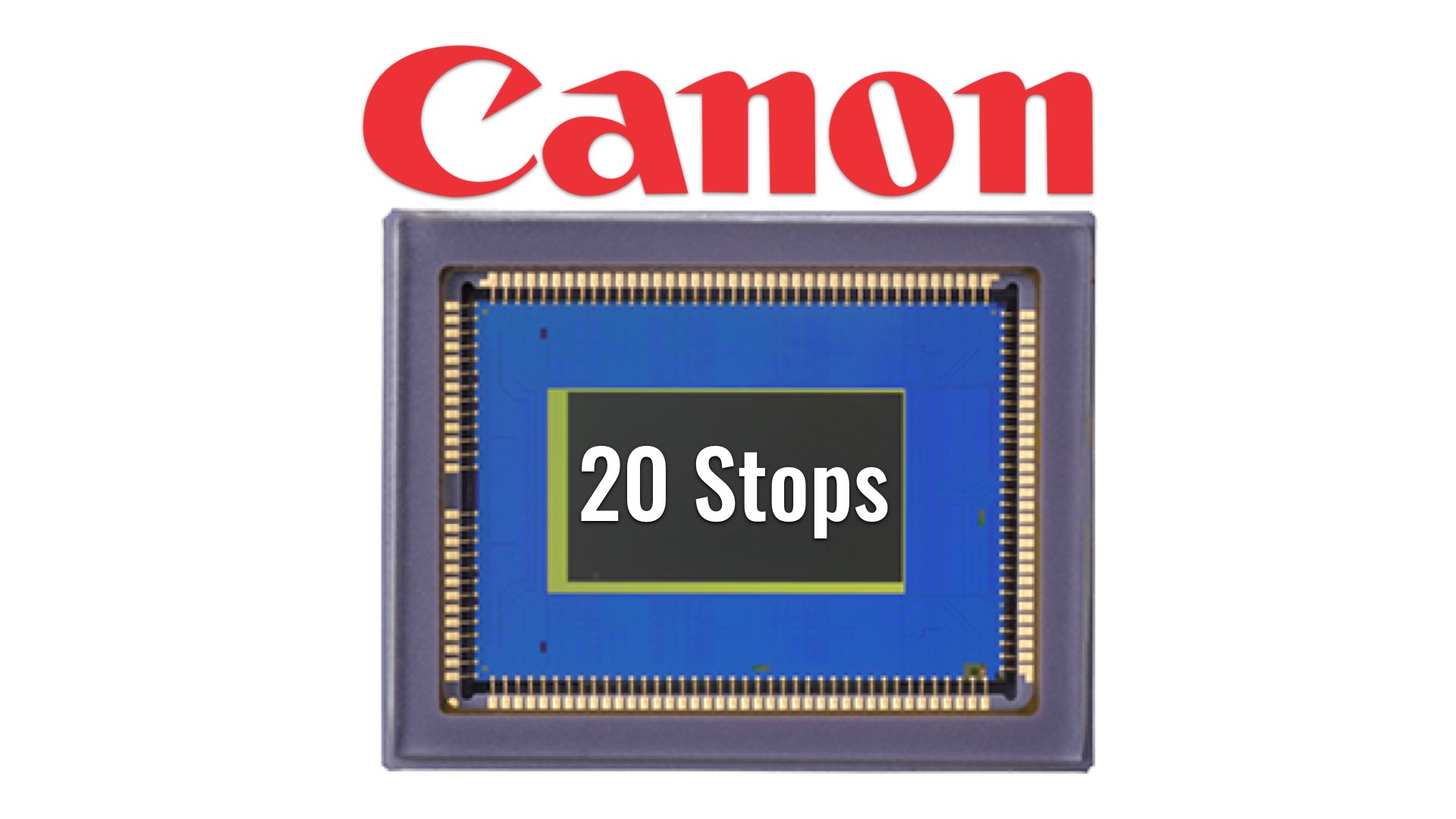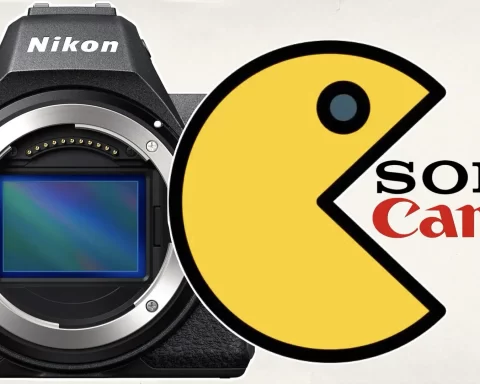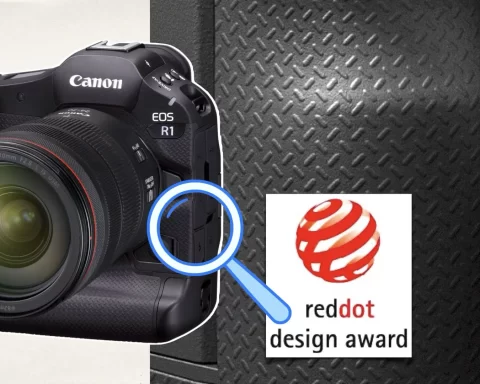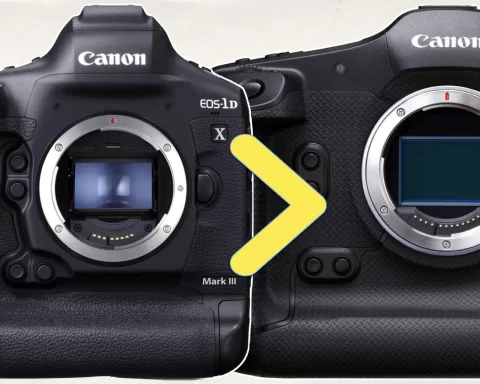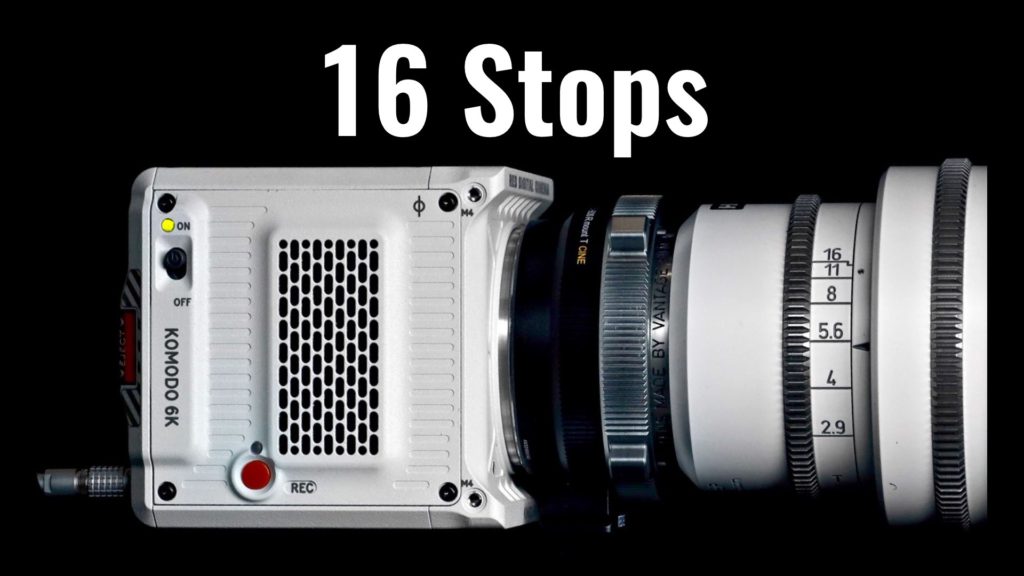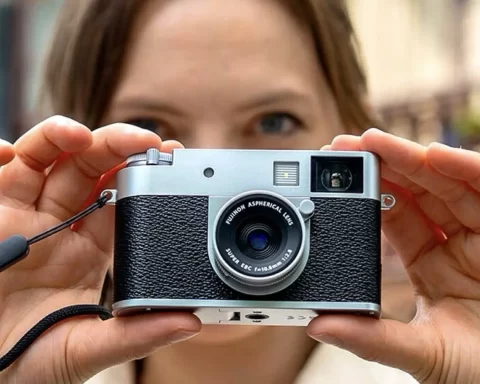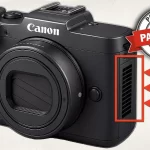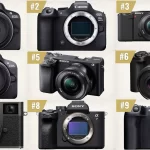Canon has developed a new high-sensitivity CMOS sensor that enables to capture of video in VERY low-light environments (0.08 lux). Furthermore, the sensor (LI7050 model) allows the privilege of ultra-high dynamic range (20-stops). However, it’s not ready yet for cinematography applications. But, it will. Read more below.
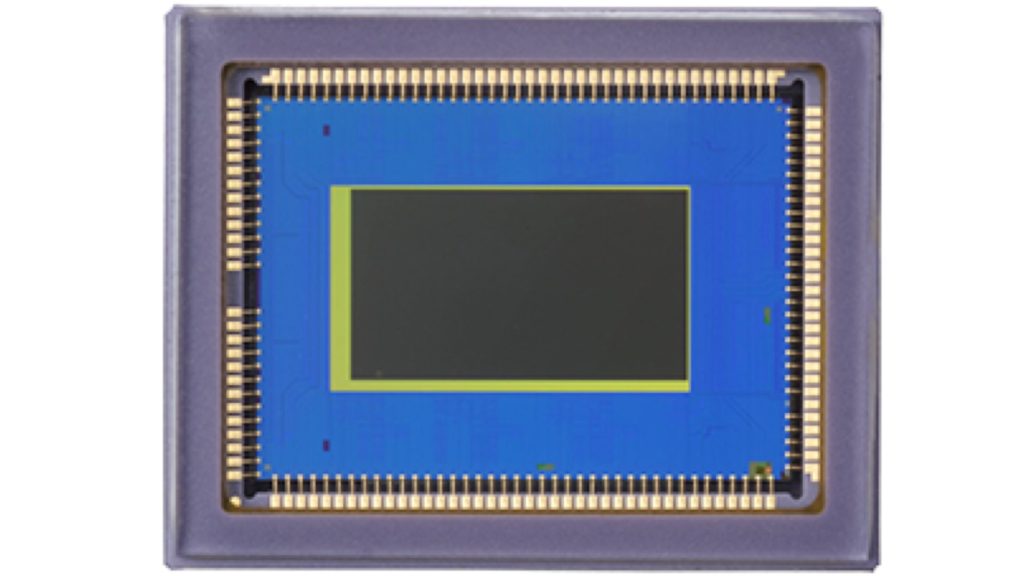
New CMOS, HDR and 20 Stops of DR
This news was published quite quietly and was not included in the Canon US website, nor its European twin. The press release was announced on the Canon Singapore website with an unlisted video on the Canon Marketing Japan channel. Nevertheless, the news of this new sensor was spread among technology enthusiasts that focus on sensor technology. Between the lines, filmmakers can easily interpret this news into the meaning behind it, because this technology can be utilized on consumer products including professional video cameras.
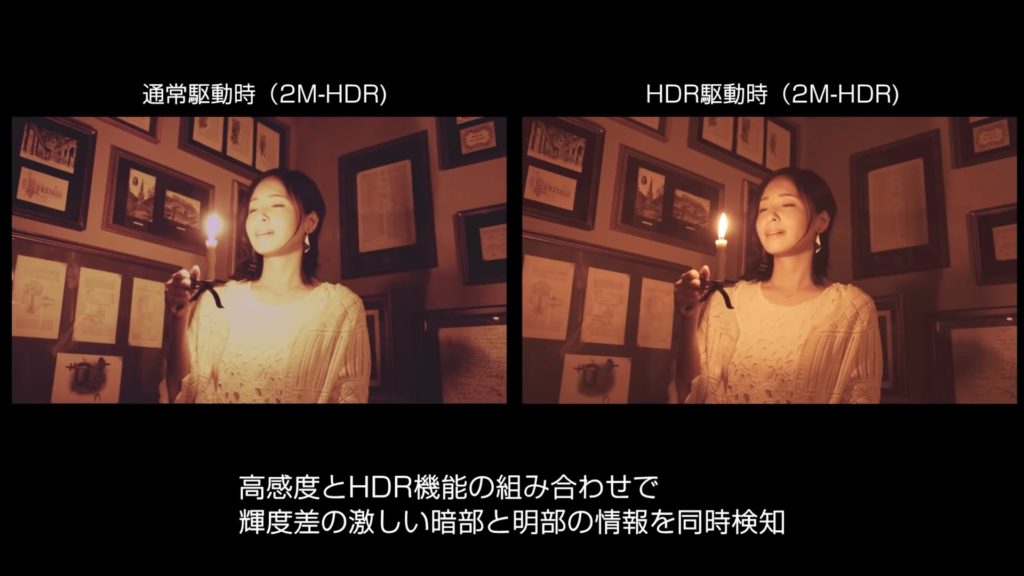
A small sensor that can see in the dark
Canon’s new LI7050 is not a full-frame sensor. The contrary is correct. This is a small sensor (1/1.8 inches and a pixel size of 4.1 µm) that equals the size of those sensors that are implemented in smartphones. However, this is the exact reason that this sensor can establish the groundwork for new technologies for sensors that are implemented in cinema cameras. As Canon explains: “Despite a compact body size of 1/1.8 inches and pixel size of 4.1 µm (micrometers), Canon’s newly developed LI7050 sensor makes possible color video recording in full-HD, even under low-light conditions…The LI7050, while achieving a compact size, features a pixel architecture that enables high sensitivity, thereby making possible low-noise, full-HD color video recording in low-light environments as dark as 0.08 lux”. 10 nits equals 31.5 lux so do the math to understand the phenomenal sensitivity of this new sensor despite its small size.
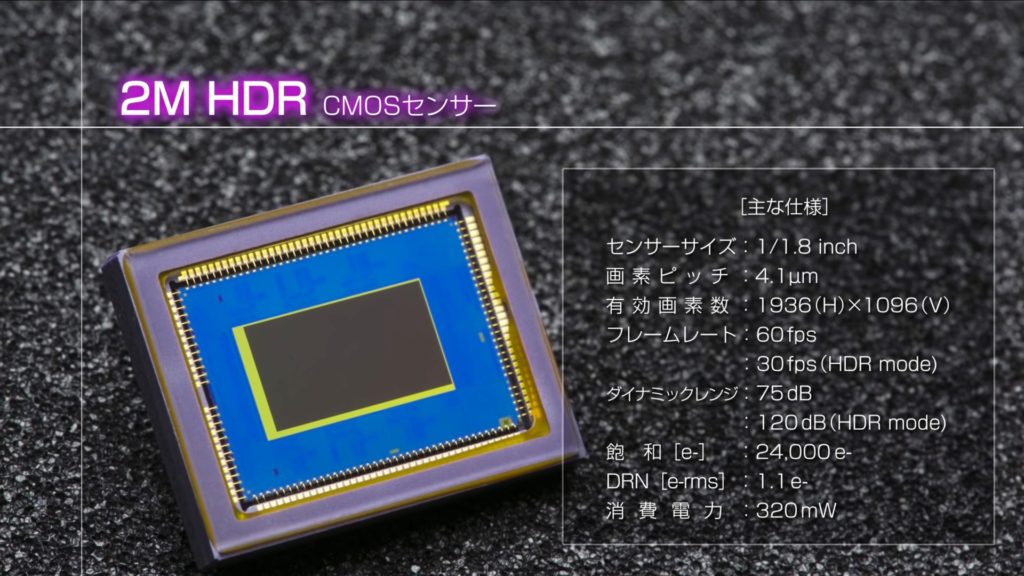
The LI7050, while achieving a compact size, features a pixel architecture that enables high sensitivity, thereby making possible low-noise, full-HD color video recording in low-light environments as dark as 0.08 lux.
Canon
20 Stop of DR
Canon’s new sensor is also equipped with an HDR drive function that realizes a wide dynamic range (DR) of 120 dB (about 20 stops). According to Canon, when recording in an environment with illumination levels between, for example, 0.08 lux and 80,000 lux, the sensor’s wide dynamic range enables video capture without blown-out whites and crushed blacks. Thanks to this capability, the sensor enables cameras to record high-quality video. During normal drive operation, the sensor realizes a noise level of 75 dB and captures video without blown-out whites and crushed blacks in environments with illumination levels between, for example, 0.08 lux and 500 lux. Watch the video below (unlisted in Canon Marketing Japan YouTube channel), to explore the capabilities of this new sensor.
Canon has begun sample shipments of the LI7050 and is scheduled to officially commence sales in late October 2020.
Final thoughts
Canon says that at this stage, the main purposes of this sensor are basically industrial (underwater drones, microscopes, and wearable cameras for security personnel). However, the demonstration is focused on cinematographic advantages, which will be relevant at some point. Nevertheless, the path for implementing this technology and amplifying it regarding Super 35 sensors and beyond, is still relatively long. But, the potential is there for sure.

